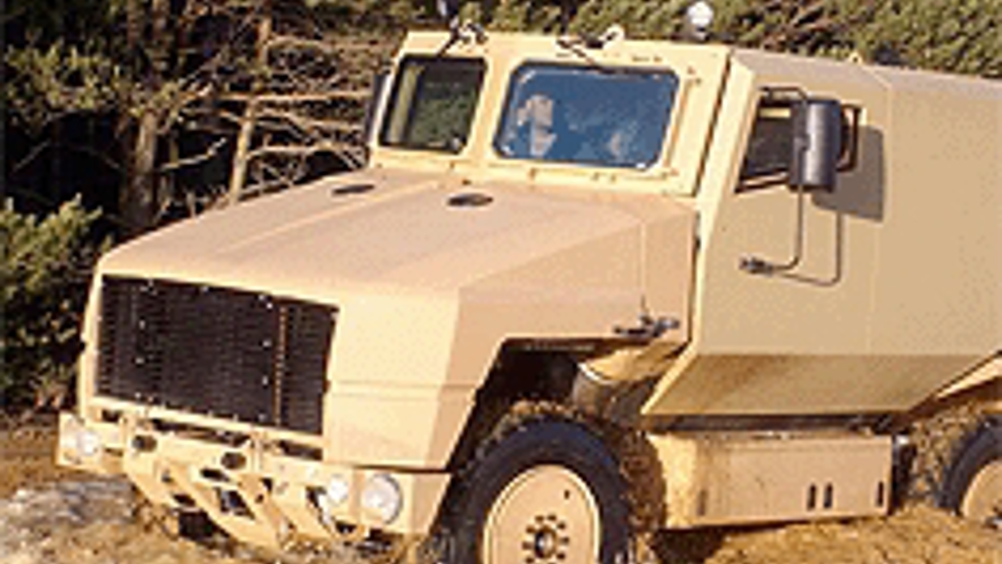Supacat launches Snatch substitute
Armoured-vehicle manufacturer, Supacat, has unveiled its contender to replace the controversial Snatch Land Rover for the Ministry of Defence (MoD).

Developed in 1992 as patrol vehicles for use in Northern Ireland, Snatch Land Rovers have since been used in Afghanistan.
However, they were subject to criticism when a number of improvised explosive devices (IEDs) exceeded the level of protection offered, leading to soldier fatalities.
Supacat’s SPV400 has been designed in response to these concerns. Jim McKechnie, project engineer for the SPV400, said that building the 7.5-tonne vehicle from scratch allowed a higher level of mobility and protection.
’In the past there had been a tendency to start with a fast vehicle and then clad armour on. In the SPV400 we’re using the automotive chassis as the armour, so you don’t have to carry the extra weight penalty.’
The SPV400 has a V-shaped hull to provide mine-blast protection, with a separate composite crew pod. Additional protection is provided by the front and rear axles, which are mounted on detachable sub-frames to absorb and deflect a blast away from the crew pod.
Register now to continue reading
Thanks for visiting The Engineer. You’ve now reached your monthly limit of news stories. Register for free to unlock unlimited access to all of our news coverage, as well as premium content including opinion, in-depth features and special reports.
Benefits of registering
-
In-depth insights and coverage of key emerging trends
-
Unrestricted access to special reports throughout the year
-
Daily technology news delivered straight to your inbox










Fusion inches closer as ITER completes magnet system
I believe the purpose of ITER isn't to make usable power, it is a research project which will be used to design the first generation of actual...